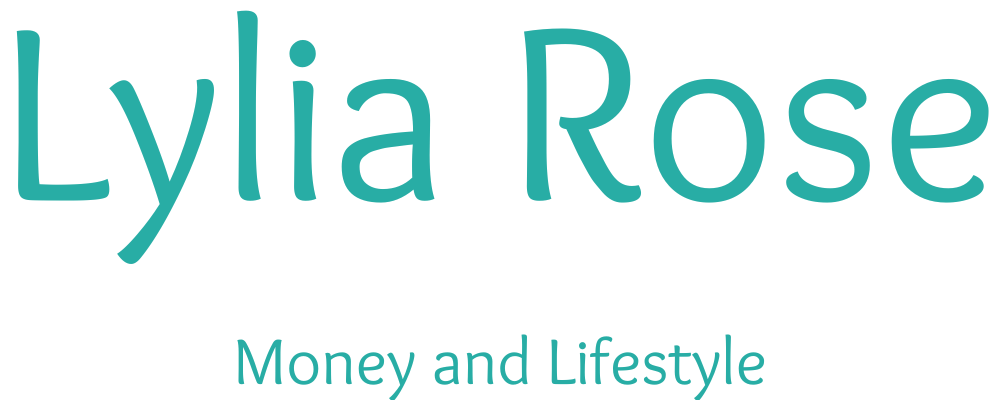Tips to Get Beautiful Healthy Hair Naturally at Home
Posted on
You don't need to spend a lot of money on expensive shampoos and treatments, or even at expensive salons. Instead, follow these simple hair tips to get beautiful, healthy hair naturally at home. Learn about your hair type and how to care for it properly for luscious locks!
Many people assume that only pricey products or salon treatments can transform hair, but often the opposite is true. The healthiest hair usually comes from simple, consistent care at home. By understanding your hair type, using natural remedies, and making small lifestyle adjustments, you can build a routine that works long term — without the endless cycle of damage and repair that chemical-heavy products can cause.
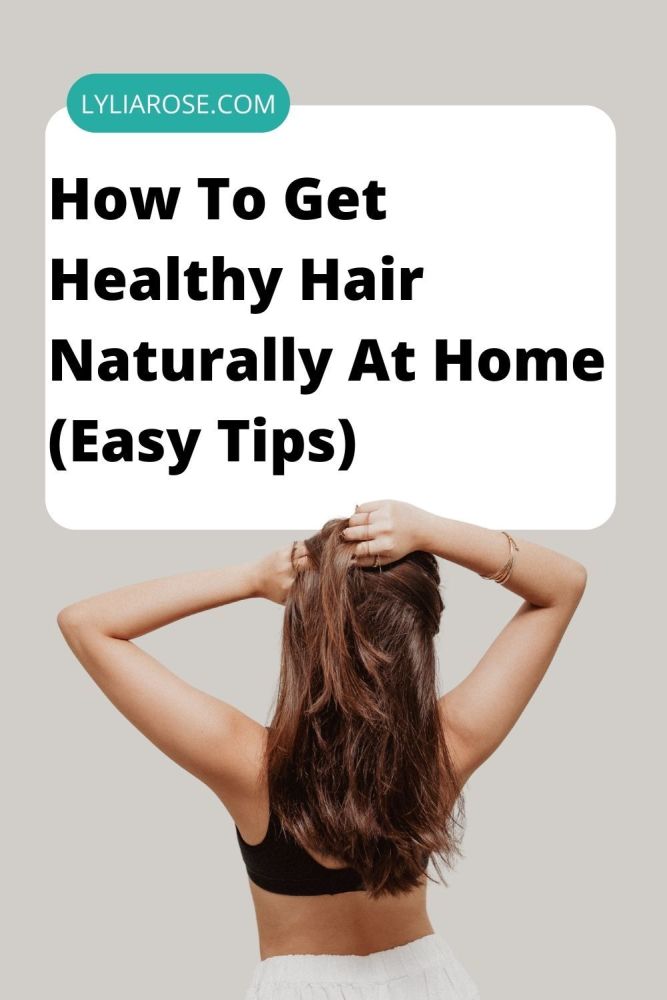
How to get healthy hair naturally at home (easy tips)
Hair is really important for a lot of people. For many women, rightly or wrongly, it's a symbol of their femininity. For both men and women, having great-looking hair can improve confidence and the way you feel about yourself. When your hair isn't feeling its best, you can realise that you're not feeling your best either.
You might spend a lot of time on your hair, but not everyone really knows how to take care of their hair properly. You might have tried out a variety of products and haircare methods, but how well do you really know your hair? It's important to know about not just haircare in general, but also your own hair type and how to take care of it.
Everyone's hair is different, so knowing your own and how it might change is a must if you want to keep it healthy and looking good. There are some essential things that you should know about your hair and how to care for it to keep it looking beautiful, shiny, full and luscious.
Read on to learn some of the best tips for how to get healthy hair naturally at home!
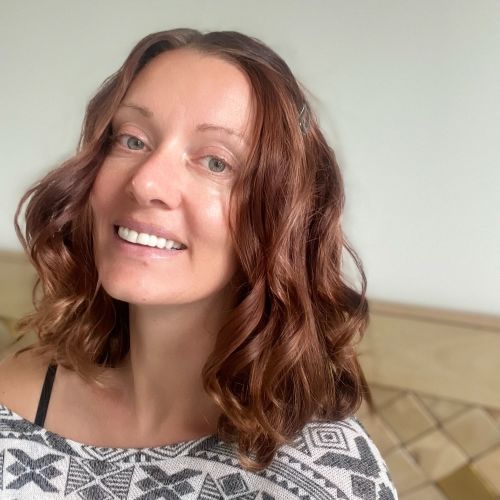
Use the best products and hair care regimen for your hair type
Figuring out a good haircare routine isn't always easy. First, you have to get to know your hair, then you have to find what works for you. Not only do you need to figure out a routine to care for your hair, but you also have to find the right products. This can require you to experiment a little to find out what works for you, but you can give yourself a head start by learning exactly what hair type you have. Two things you’ll need to know are how absorbent your hair is and what sort of curl it has. Here’s how to tell:
-
Finding out how absorbent your hair is
Your hair's ability to take on and retain moisture is one of the most important factors in hair care. When your hair is less able to retain moisture, it can become dry and brittle, especially if it doesn't receive the right care. Whether people have low, medium, and high porosity hair depends on a few different factors. The first is genetics, which you can't do anything about. Some people naturally have hair with higher or lower porosity and need to learn how to treat it right. However, other factors can also affect how porous your hair is, including environmental factors and what you do to your hair.
But how do you work out your hair porosity? There are no guaranteed ways to find out, but if you're not sure, there are some tests you could try to work it out. One option is to take a strand of clean hair and drop it into a glass of water. Leave it for three to five minutes, and if it floats, you have low porosity hair; whereas if it sinks, you have high porosity hair. Another indicator is how fast your hair dries. If it takes a long time, you likely have low porosity hair, but if it dries quickly, your hair may have lower porosity.
So what does this mean for your hair? Neither high, medium, nor low porosity is inherently good or bad. Using the right products designed for your hair is the most important thing to keep in mind.
-
Your curliness factor
How straight or curly your hair is should also be a significant factor that you take into account when assessing your hair. It helps you to determine what you should be doing to care for it, from how often to wash it to how to brush or comb it. When it comes to straight and curly hair, there are generally four categories. 1 is straight hair, 2 is wavy, 3 is curly, and 4 is coils. These can be broken down into further categories (e.g. 2a, 2b) if you want to get a firm grasp on your hair type. There are lots of charts and comparisons you can find online to determine where your hair falls.
How curly or straight your hair is will most likely affect how you take care of it. For example, if you have very curly hair, you might not have realised that it can require different treatments compared to straight hair. Many people with curly hair choose to use haircare methods that cut out shampoo and instead focus on washing with conditioning products. This helps to prevent their hair from being stripped of nutrients and moisture, while hydrating at the same time.
Another point to consider is how your curl pattern affects product absorption. Wavy hair often benefits from lightweight leave-in sprays, while coily hair tends to need richer creams or oils to lock in moisture. By learning what level of hydration your hair craves, you can prevent frizz, dryness, or product build-up. Keeping a simple hair diary for a few weeks can also help track how your hair reacts to weather changes, shampoos, or styling methods, so you can refine your routine over time.
Don't dye your hair if you want it to be naturally beautiful
I think this is a hard one for most people, especially females. I think every female I know, aside from me, dyes their hair regularly!
I always think about how awfully damaging that must be to the environment. It’s become normal for everyone to dye their hair all the time.
I see pictures of me when my hair was long and dyed, and it looks in poor condition. I did originally use temporary dyes, and they made my hair look amazing, but it was the dye that made it look amazing. I had to keep dyeing it every few weeks to keep up with the glossy, amazing hair. It didn’t last otherwise.
When my hair is dye-free, it is naturally in good condition and stays that way. Plus, you save so much money!
If you colour your hair or treat it in any way, knowing how to take care of it is essential. Some dyes and other chemicals can be harsh on your hair, making it extra important to take good care of it. Using the right products and having a good haircare routine will help to keep your hair healthy. It's also important to be careful about doing any dying or other treatments at home. While the DIY route can be cheaper, it can also be risky.
If you really want a colour change without permanent dye, consider natural alternatives like henna or vegetable-based rinses. They don’t offer the same variety of shades as chemical dyes, but they can boost shine and enhance natural tones without stripping your hair’s health. Another trick is to focus on natural highlights — for example, spending short, safe periods in the sun or using chamomile tea rinses can bring out golden tones in lighter hair.
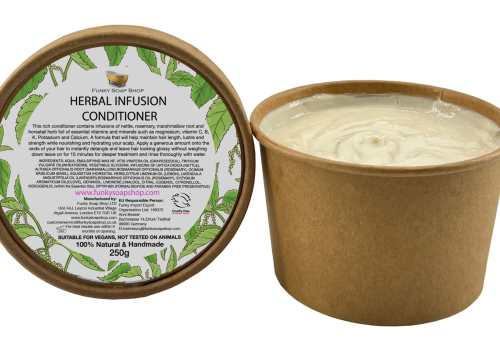
Plastic free, vegan, natural, vitamin E hair conditioner
Style your hair safely when it comes to heat
Styling your hair, whether it's just an everyday style or you're doing something special, should be done in a safe way. One of the things to think about is how to safely use heat styling tools to protect your hair. It's best not to use heat too often and try to keep it for rare occasions, rather than every day.
Heat can damage your hair, drying it out and making it brittle, so it's best to be conservative with your use of styling tools.
Using a protective spray can help to protect your hair if you're using straighteners or curling tongs.
Or if you have washed your hair, let it naturally dry or part-dry it with the hairdryer to reduce the amount of direct heat on the hair.
There are even super absorbent hair towels that can reduce the need to use so much heat to dry hair.
Beyond limiting heat styling, think about protective hairstyles. Braids, buns, or twists can help reduce daily manipulation and prevent breakage. Sleeping on a silk or satin pillowcase is another easy way to protect hair fibres, as cotton can cause friction and dryness overnight. These little adjustments are gentle habits that, over time, help your hair remain strong and glossy.
Use natural products
Most mainstream brands use harsh chemicals in their products, which is probably so that your hair comes to depend on them and you have to keep using their products. That's their plan! Common ingredients found in hair products can actually strip your hair of natural oils and cause breakage and dryness.
Many of the chemicals are not good for your hair, not good for the environment and not good for your health. For example, Sodium Lauryl Sulfate (SLS), which helps remove dirt from hair and skin it can also cause scalp irritation, dryness, and itchiness. Parabens such as methylparaben, propylparaben and butylparaben should be avoided as they can build up in your body and cause health issues such as cancer.
I always use natural plant-based products such as solid shampoo for my hair and have done so since changing to a natural beauty regime, perhaps five years ago. My hair is in better condition for it, and it stays that way.
Dyeing hair and using chemical products is quite literally poisoning your hair and scalp!
Even if you have a hair or scalp condition, you should be able to find a natural solution to help. For example, if you have dandruff, then there's a natural and organic anti-dandruff hair oil that you can use. Simply do your research and find out what natural alternatives you can find for any hair/head issues.
It took me a while to find a shampoo bar that worked for my hair and didn't make it too greasy or dry, so sometimes it's trial and error when switching to a new hair care routine. But eventually your hair will thank you for it!
There are also lots of natural remedies you can make yourself for your hair to improve its condition, or natural ways to thicken hair if it's thin or thinning.
Also, if you cut your own hair, or your family's, then make sure you invest in a high-quality pair of hair shears to keep the ends beautiful with perfect, clean cuts.
Home remedies for naturally healthy hair
Many people want to know how to get healthy hair naturally at home without buying endless products. Simple kitchen ingredients can often double up as effective treatments:
-
Coconut oil – works as a deep conditioner, reducing protein loss in hair.
-
Aloe vera gel – soothes the scalp and adds natural shine.
-
Apple cider vinegar – balances scalp pH and removes build-up when diluted with water.
-
Oat water – a gentle rinse that can soften strands and calm irritation.
-
Avocado mask – rich in natural oils and vitamins to nourish dry hair.
These treatments are affordable, plant-based, and easy to use. Adding one or two into your weekly routine can be enough to maintain healthier, stronger hair.
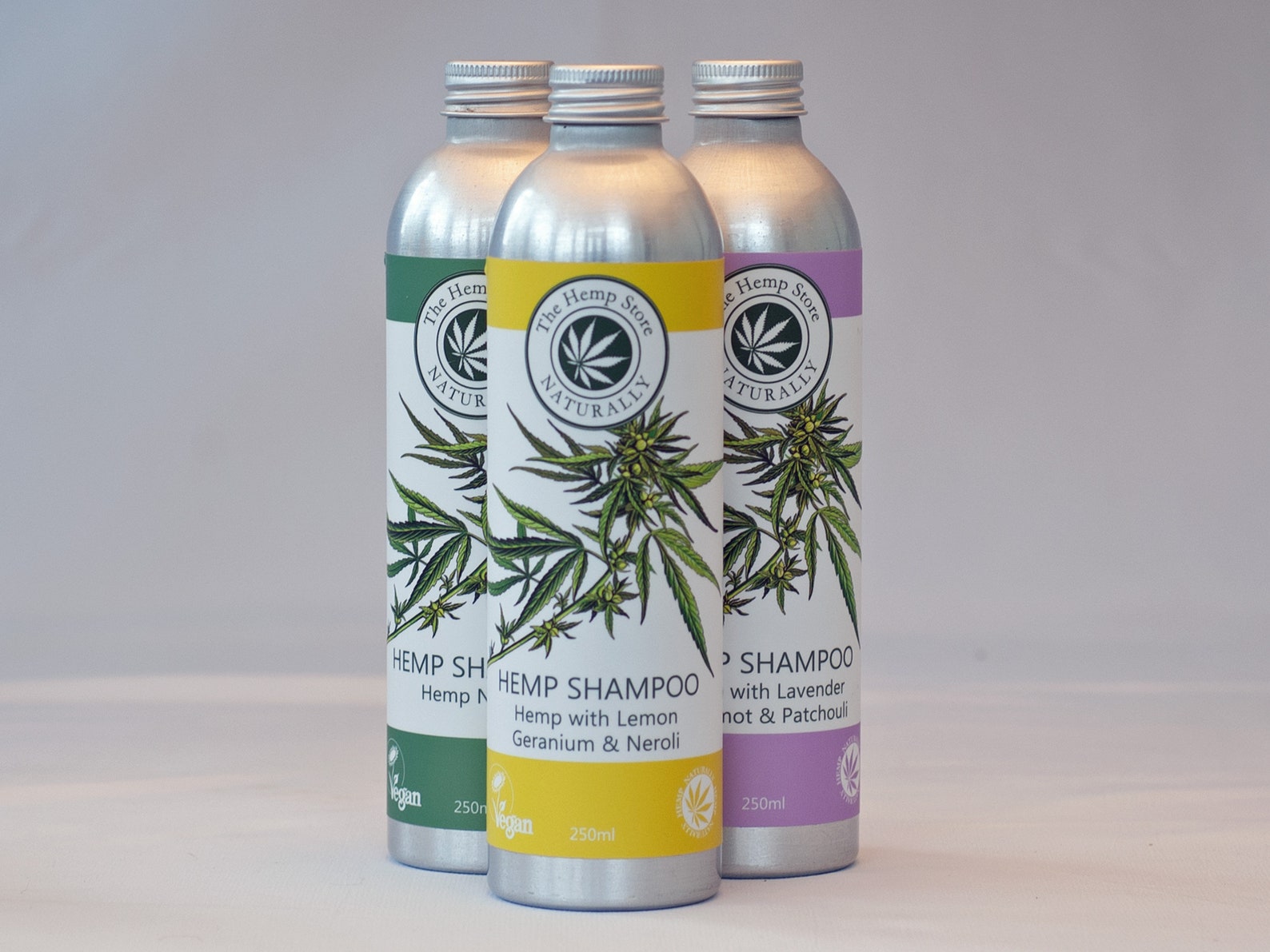
Drink lots of water
We all know drinking lots of water is good for us to stay hydrated, but it also gives us great skin and glossy hair.
Water is not all equal, though, and I drink distilled water at home, which is pure H2O. I’m sure it’s taking effect as my skin is clearer than it’s ever been, and my hair is healthier too.
Hydration works from the inside out, so drinking enough water every day is one of the most effective and affordable “treatments” you can give your hair. When your body is well hydrated, your scalp produces the right amount of natural oils, which keep strands supple and shiny. Dehydration, on the other hand, can leave hair dull, dry, and more prone to breakage.
If plain water feels boring, try adding slices of cucumber, lemon, or fresh berries to make it more refreshing. Herbal teas such as nettle, chamomile, or peppermint can also support scalp health while keeping you hydrated. Aim for small, regular sips throughout the day instead of relying on one or two large drinks. By making hydration a daily habit, you’re not just improving your hair — your skin, nails, and overall wellbeing will benefit too.
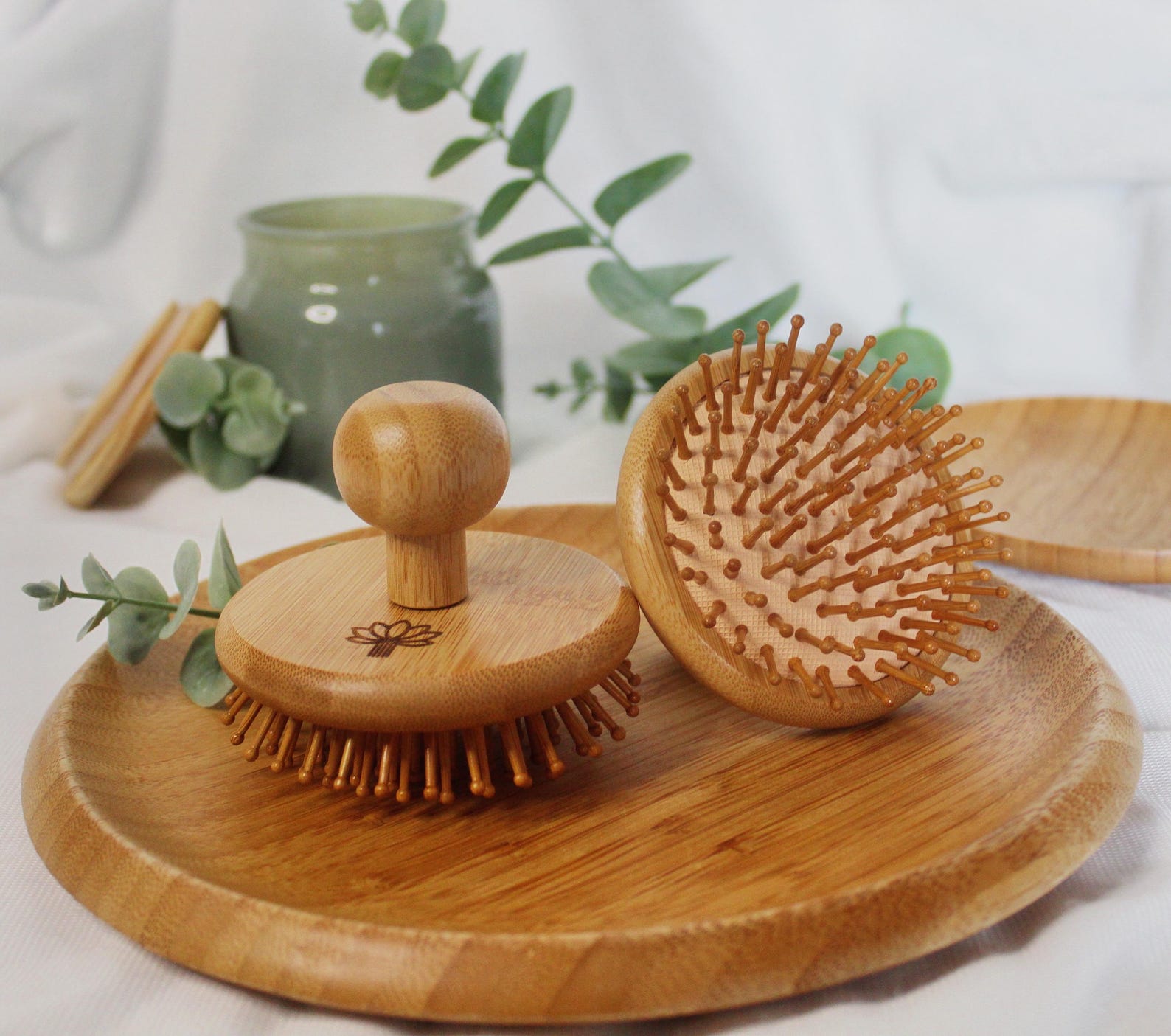
Bamboo Scalp Massager Brush: Eco-Friendly Hair Growth & Relaxation
Use soft water if possible
If you have soft water, then it’s a lot gentler on your hair with less mineral buildup.
It’s even possible to wash your hair with water only if you live in a soft water area. I did try it, but we have hard water, and I had a lot of build-up in my hair.
There are lots of claims that the ‘no-poo’ method works well with soft water. I’ve even investigated having a filter attached to the water entering our home to make our water softer.
Hard water contains high levels of calcium and magnesium, which can leave behind a film on hair and make it feel heavy, dry, or difficult to manage. Over time, this build-up can even dull your natural shine and cause colour-treated hair to fade faster. If you live in a hard water area, using a shower filter can be a worthwhile investment to reduce mineral deposits.
Another tip is to occasionally rinse your hair with diluted apple cider vinegar, which helps dissolve mineral build-up and restore pH balance. Alternatively, a clarifying shampoo once or twice a month can refresh your hair if you can’t avoid hard water. Wherever possible, finishing your wash with a cool, filtered rinse can help seal the cuticle, locking in moisture and leaving your hair smoother and glossier.
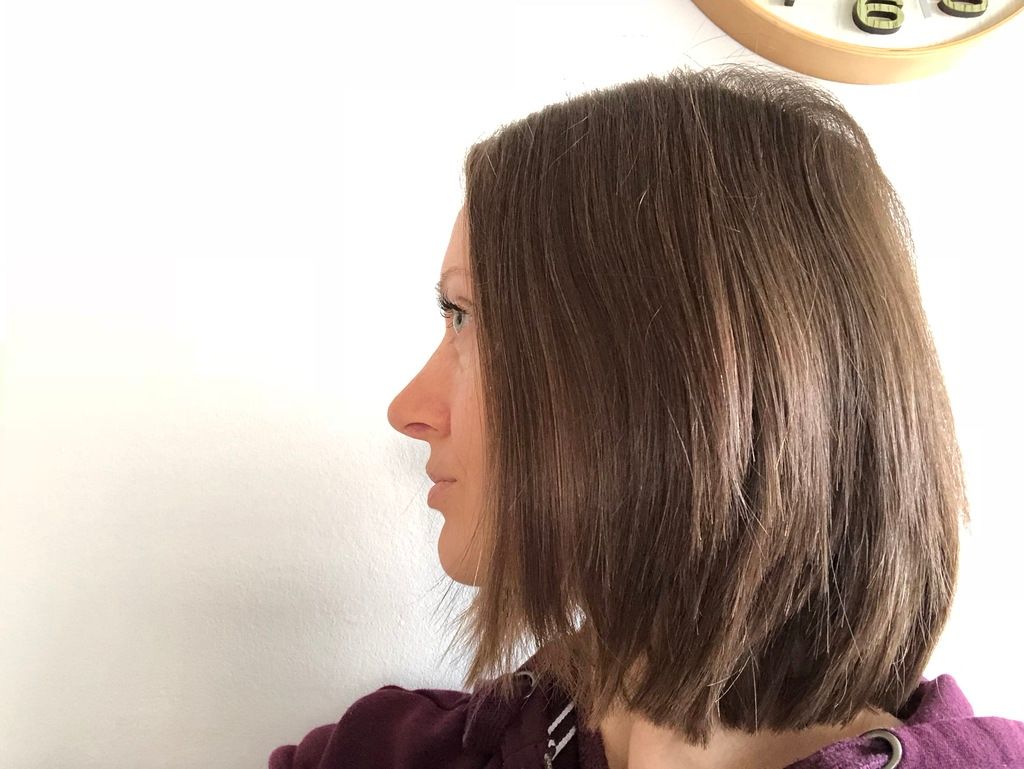
Eat a nutrient-rich plant-based diet
“The healthiest diet for your hair is the healthiest diet in general—one that is based on real, whole foods and mostly plant-based.” — Maria Marlowe, nutritionist.
Though the hair we can see is not alive, the hair follicles it comes from and the part of the hair within the follicle are very much alive and need feeding!
A diet rich in raw fruits, veggies, nuts, seeds, legumes and wholegrains that nourishes all parts of your body with all the vitamins and minerals you need will keep your hair looking great.
An easy way to get more nutrients into your diet is with a fresh organic fruit and vegetable delivery to your doorstep every week. We love Riverford and Abel and Cole.
Protein is also crucial for hair structure, as hair is made primarily of keratin. Plant-based sources like lentils, beans, and quinoa can provide all the protein you need for stronger strands. Don’t forget omega-3 fatty acids either, which help keep the scalp nourished and reduce dryness. Flaxseeds, chia seeds, and walnuts are excellent vegan-friendly choices. Pairing these foods with vitamin C–rich fruits helps boost absorption of iron, another mineral essential for hair health.
10 foods for healthy hair (and why they work)
There are plenty of nourishing foods that can support stronger, shinier hair. Here are some vegan-friendly foods to add to your diet for super healthy hair, naturally, and why they’re beneficial:
-
Spinach – Packed with iron and vitamins A and C, spinach helps keep hair follicles strong and prevents breakage.
-
Berries – Rich in antioxidants and vitamin C, berries support collagen production, which strengthens hair strands.
-
Sweet potatoes – A great source of beta-carotene, which the body converts into vitamin A, encouraging healthy sebum production for glossy hair.
-
Cinnamon – Improves blood circulation to the scalp, delivering essential nutrients to hair follicles.
-
Nuts – Provide healthy fats, zinc, and biotin, which are linked to stronger, more resilient hair.
-
Seeds – Sunflower, flax, and chia seeds are high in vitamin E and omega-3 fatty acids, supporting growth and shine.
-
Avocados – Full of healthy fats and vitamin E, avocados keep hair soft and moisturised.
-
Dark leafy greens – Kale and similar greens provide iron, folate, and vitamin C, boosting scalp and follicle health.
-
Aloe vera juice – Hydrating and rich in vitamins, aloe supports scalp health and may soothe irritation.
-
Tofu – A plant-based protein source that provides amino acids essential for hair growth.
Choose a gentle brush
I currently use a tangle tease sort of brush that has soft bristles without balls on the end. It’s very gentle on the hair, and with multiple layers and lengths of bristles, it helps to pull the natural hair oils through the hair, giving a nice gloss finish.
Using the right brush matters more than most people realise. Brushes with soft, flexible bristles reduce tugging and breakage, especially on wet hair when it’s most fragile. They also help distribute natural oils from the scalp down the hair shaft, adding natural shine without the need for heavy products. Wooden or bamboo brushes are a sustainable choice and can also reduce static.
Avoid hot showers
As much as a scorching shower might be pleasurable, it’s not always great for your hair! Very hot water strips away natural oils from both the scalp and hair strands, leaving hair dry and brittle. Switching to lukewarm water helps maintain your scalp’s natural balance and reduces frizz. If you still enjoy the relaxation of hot showers, try rinsing your hair with cooler water at the end — it helps seal the cuticle, making hair look smoother and shinier.
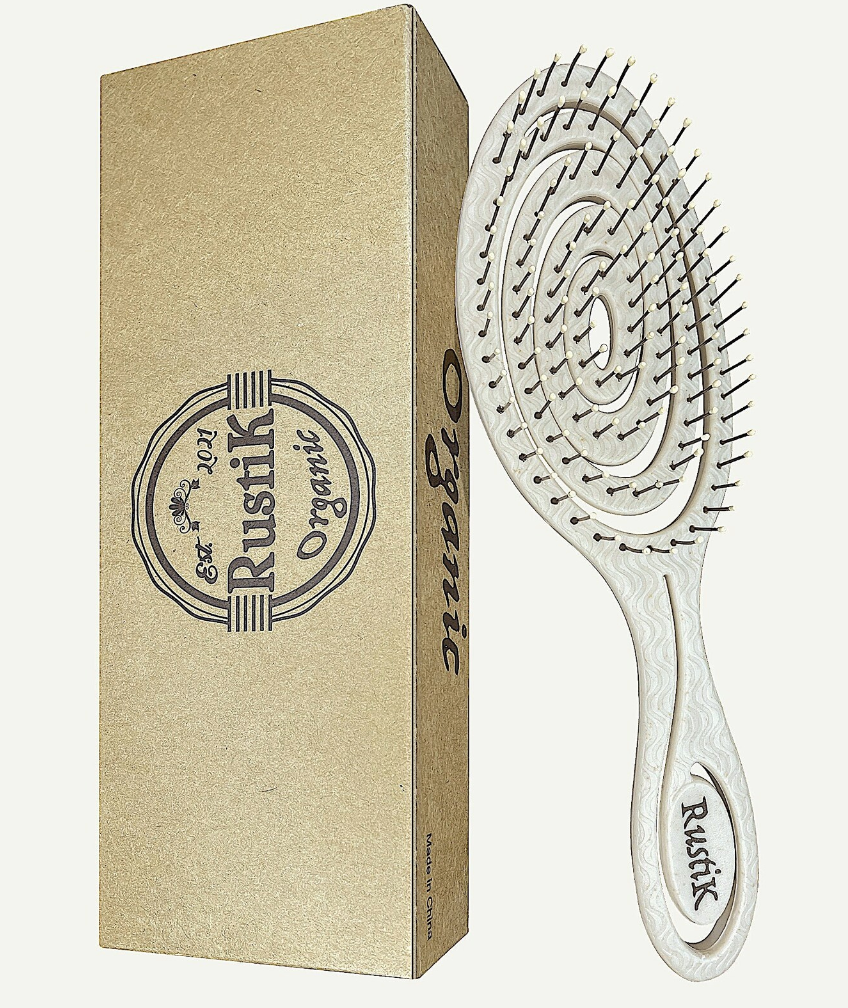
Soft pin flexible bio plastic hairbrush
Learn how often your hair really needs to be washed
One of the things that can be affected by your hair type is how often you need to wash your hair. Some hair types don't need to be washed as often and can even be damaged by excessive washing!
Washing too much can strip hair of its natural oils, and then you depend on the shampoo to make your hair look great instead. If your hair is used to being washed too regularly, it may seem greasy quickly, so you need to get out of the habit. There may be a transition stage where your hair will look greasy until it gets used to being washed less.
On average, you may need to wash your hair every two to three days. However, many people wash their hair less frequently.
Curls or coils often don't need to be washed very often and can be damaged through frequent washing. However, everyone's hair is different, and there are various factors that can affect how often someone needs to wash their hair. If your scalp produces more oil, you might feel the need to wash more often.
If you use lots of products, this can also mean you need to wash your hair more. Therefore, it's better to minimise the number of hair products you are using to try and get your hair back to a beautiful, natural state that needs less washing.
I’m guilty of not always following this one, because I’m regularly at the gym. I get so sweaty that my hair looks greasy if I don’t wash it, so I have to wash it every day. If I don’t go to the gym for a couple of days, then I won’t wash my hair, and it always looks amazing. Also, I always find my hair looks best the day after it’s washed and not the day I wash it. No idea why?!
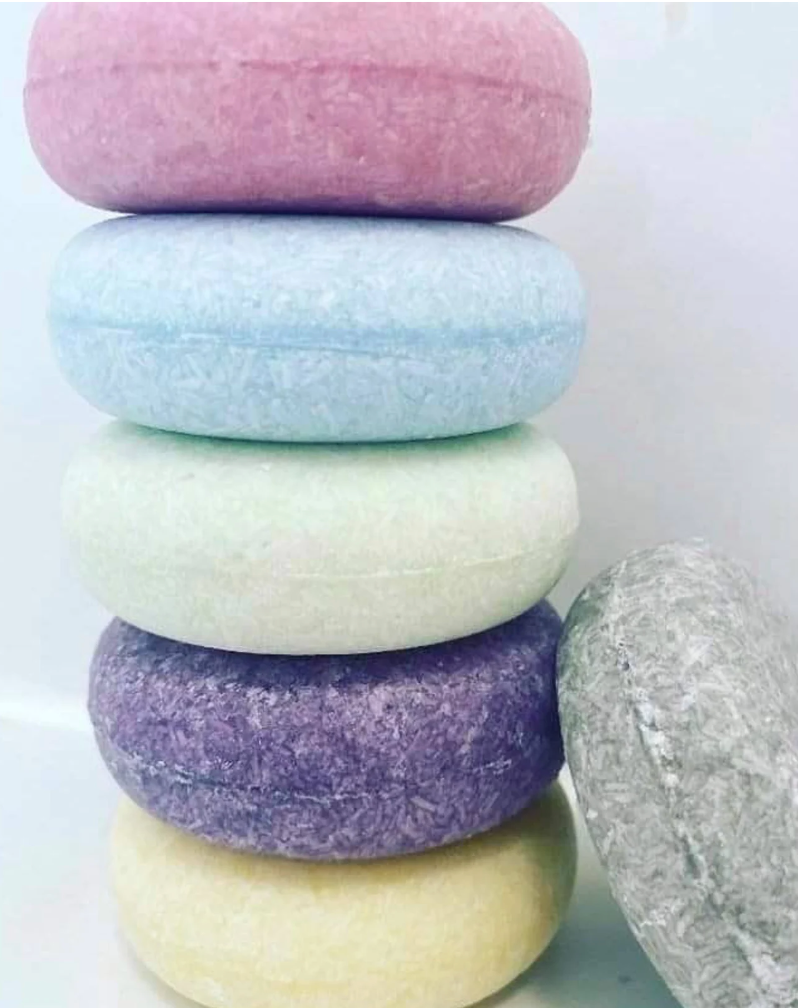
Vegan, plastic-free shampoo bars
Healthy hair habits to adopt every day
Sometimes it’s not about products or treatments, but the small daily habits that add up. If you want healthier hair naturally, consider:
-
Brushing gently – start at the ends and work upwards to avoid snapping strands.
-
Wearing hats in the sun – UV rays can weaken hair fibres, just like skin.
-
Avoiding tight hairstyles – constant ponytails or buns can cause breakage and tension on the scalp.
-
Regular trims – keeping split ends at bay makes hair look thicker and healthier.
-
Scalp massage – just a few minutes daily can boost circulation and stimulate growth.
Over time, these simple, consistent habits are often the “secret” to naturally beautiful, healthy hair.
Protecting hair overnight
Healthy hair care doesn’t stop when you go to sleep. The way you treat your hair at night can make a big difference to how it looks and feels in the morning. Sleeping on a silk or satin pillowcase is one of the easiest upgrades you can make, as these fabrics reduce friction compared to cotton, helping to prevent frizz and breakage.
If you have long hair, loosely braiding or tying it in a soft scrunchie before bed can stop tangling and split ends. For extra protection, some people like to wrap their hair in a silk scarf or wear a bonnet, which locks in moisture overnight. Try to avoid sleeping with wet hair, as damp strands are more fragile and prone to snapping. These small changes can leave your hair smoother, stronger, and easier to manage each day.
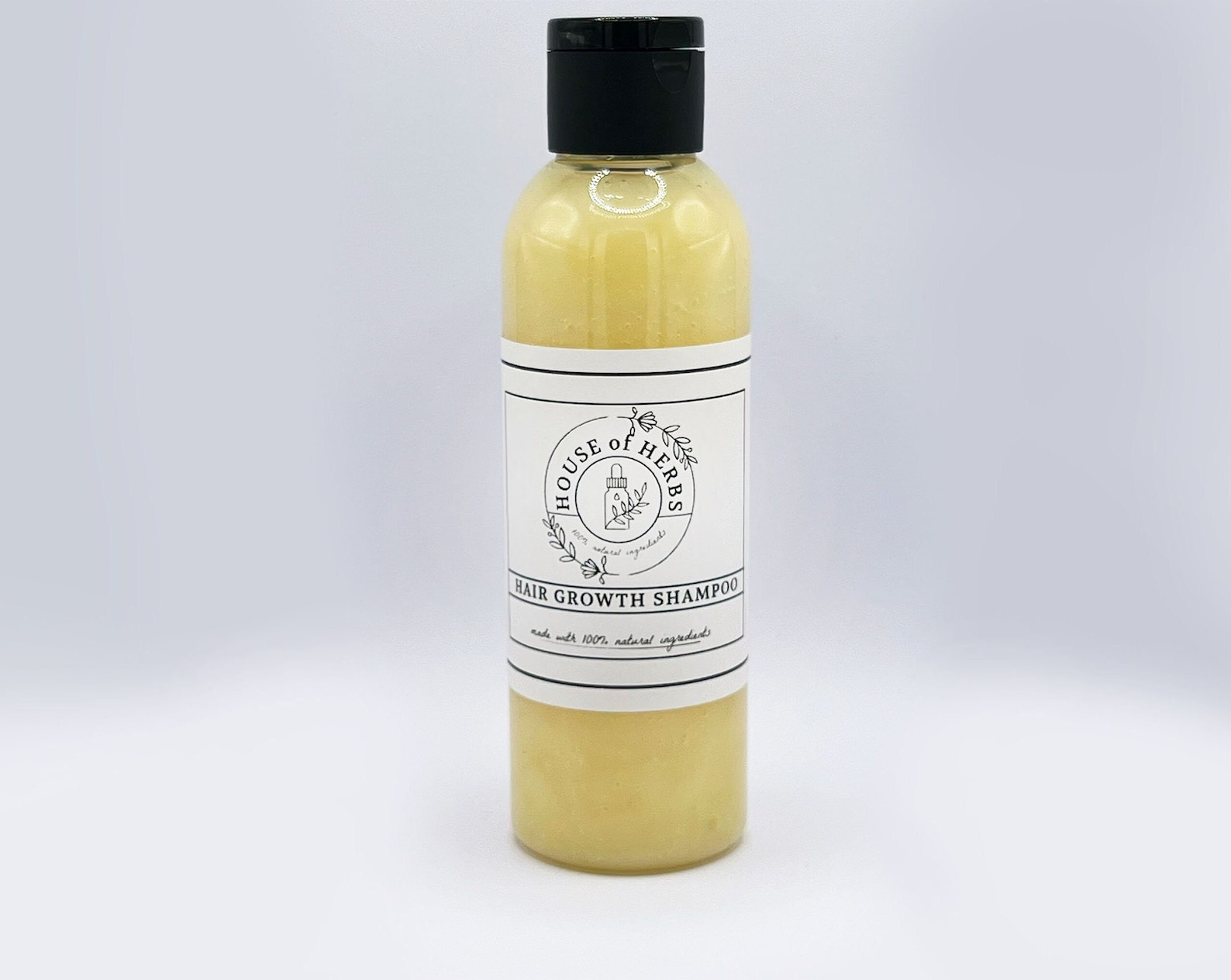
Seasonal hair care tips
Your hair’s needs can shift with the seasons, so adjusting your routine throughout the year helps keep it healthy. In winter, indoor heating and cold air can cause dryness, so reach for a richer leave-in conditioner or nourishing oil to lock in moisture. During summer, protect your hair from UV rays with hats, scarves, or a natural protective spray, and rinse out chlorine or saltwater after swimming to avoid dryness and fading.
Spring and autumn are also great times for a hair “reset” — trim away split ends and refresh your routine with lighter or heavier products depending on the weather. In humid months, smoothing oils like argan or jojoba can help tame frizz naturally. By making small seasonal adjustments, your hair stays balanced and resilient all year round.
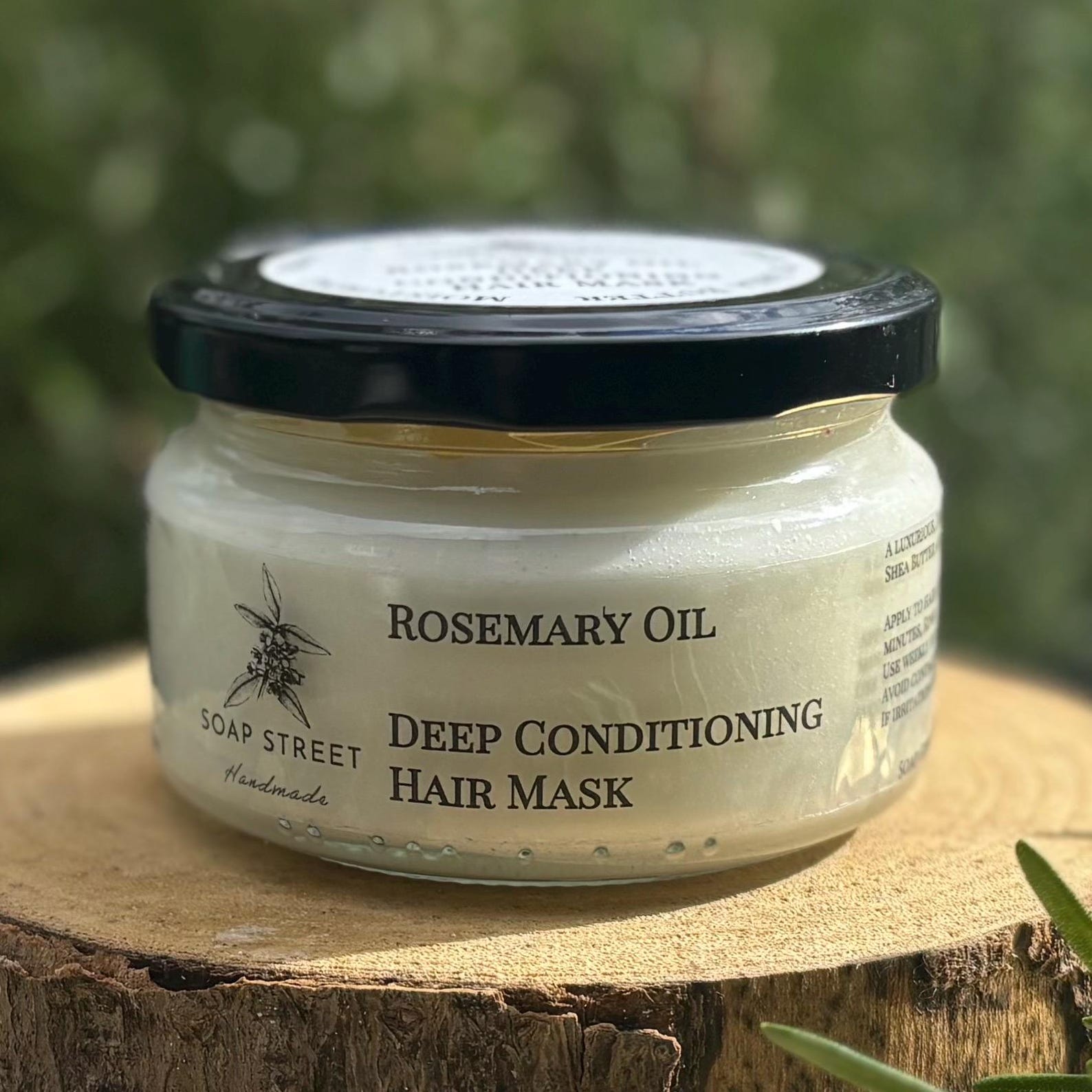
Rosemary Essential Oil Deep Conditioning Hair Mask
Hair grooming tips for men
While we've mainly focused on general hair care and tips for beautiful, healthy hair, it's important to acknowledge that men have their own hair care needs. Here are some tips for men's grooming to ensure healthy hair.
- Choosing the right hair clippers
Many men prefer shorter hairstyles, and for that, investing in a good set of hair clippers can make a significant difference. Hair clippers are versatile tools that allow men to maintain their hair at home.
When it comes to selecting hair clippers, there are a few things to keep in mind. First, consider the length settings that the clippers offer. Different clippers come with various attachments for varying hair lengths. Additionally, pay attention to the quality and sharpness of the blades as this can affect the ease and precision of your haircut. It can be worth investing in a high-quality set of hair clippers for men to ensure a high-quality blade that doesn't damage the health of your hair.
Proper maintenance of your hair clippers is essential to ensure they last longer and provide consistent performance. Regularly clean and oil the blades to prevent them from becoming dull. Also, be mindful of the battery life if you opt for cordless clippers, as a fully charged clipper ensures a smooth grooming experience.
Many men prefer shorter hairstyles, and for that, investing in a good set of hair clippers can make a significant difference. Hair clippers are versatile tools that allow men to maintain their hair at home.
- Regular washing
Keep your hair clean by washing it regularly, but avoid overwashing, as it can strip your hair of natural oils. Generally, washing your hair every 2-3 days is sufficient for most men.
- Scalp care
Pay attention to your scalp health. Gently massage your scalp while shampooing to improve blood circulation and remove dead skin cells. A healthy scalp promotes healthy hair growth.
- Avoid hot water
When showering, use lukewarm water instead of hot water. Hot water can dry out your hair and scalp.
- Pat dry, don't rub
After washing your hair, pat it dry with a towel instead of rubbing vigorously. Rubbing can cause hair breakage.
- Hair products
Be mindful of the hair products you use. Choose alcohol-free styling products to prevent drying out your hair. Pomades, gels, and waxes can help achieve your desired look, but wash them out thoroughly to prevent product buildup.
These additional tips can help men maintain healthy and well-groomed hair, regardless of their hairstyle preferences. Remember that consistency in your hair care routine is key to achieving and maintaining the best results.
Caring for thinning hair and options for hair loss
Thinning hair is a pretty common problem and could be a result of a few different things. Pregnancy, ageing, and other factors can lead to thinning hair and even bald spots. Knowing how to care for thinning hair can be the most useful thing for a lot of people, especially if you're self-conscious about it.
Many stylists and hair experts recommend getting a haircut if your hair is thinning. It might seem counterintuitive, but it can help to lessen the appearance of the thinning. Getting highlights is also a tip that can help thinning hair look healthier.
If you are suffering from hair loss and it's affecting your confidence, then there are some treatments nowadays that can help, including some natural treatments, though you may need to attend a clinic to access these.
A new natural treatment for hair loss offered by Wimpole Clinic is Platelet-Rich Plasma (PRP) therapy, which harnesses your own body’s healing ability by taking your own blood and extracting your own plasma, which contains platelets (the good stuff). They are then reinserted into the area of your scalp or body that will benefit from rejuvenation.
There are also some alternative options such as wigs which can be made from natural hair, gentle hair extensions which can also be made from natural hair or synthetic, or the many ideas at sites like FemaleHairlossReview.com if you are starting to lose hair or notice thinning hair and it's bothering you.
If hair loss is ever extreme, then there are options such as a hair transplant or, for men, there’s even a procedure called Advanced Tricho Pigmentation, which creates the impression of more hair follicles and hair than there actually is. Medihair's hair transplant statistics show that 41.3% of males are suffering from advanced hair loss.
The cost of a treatment like Advanced Tricho Pigmentation is in the range of £500 to £3500 depending on the size of the treatment area, so opting for procedures like this is not a cheap option, but they can offer more of a permanent option than trying to cover it up with a hair-piece or hair extensions, so it could be cost-effective in the longrun. It lasts around three years.
You can also explore semi-permanent makeup tattoos for disguising hair loss, too, in some areas; these will often cost in the hundreds of pounds, again depending on the size of the area.
For more tips on how to hide your hair loss yourself at home, check out my blog post how to disguise thinning hair and also learn more about how your lifestyle choices can affect hair loss to try and prevent it.
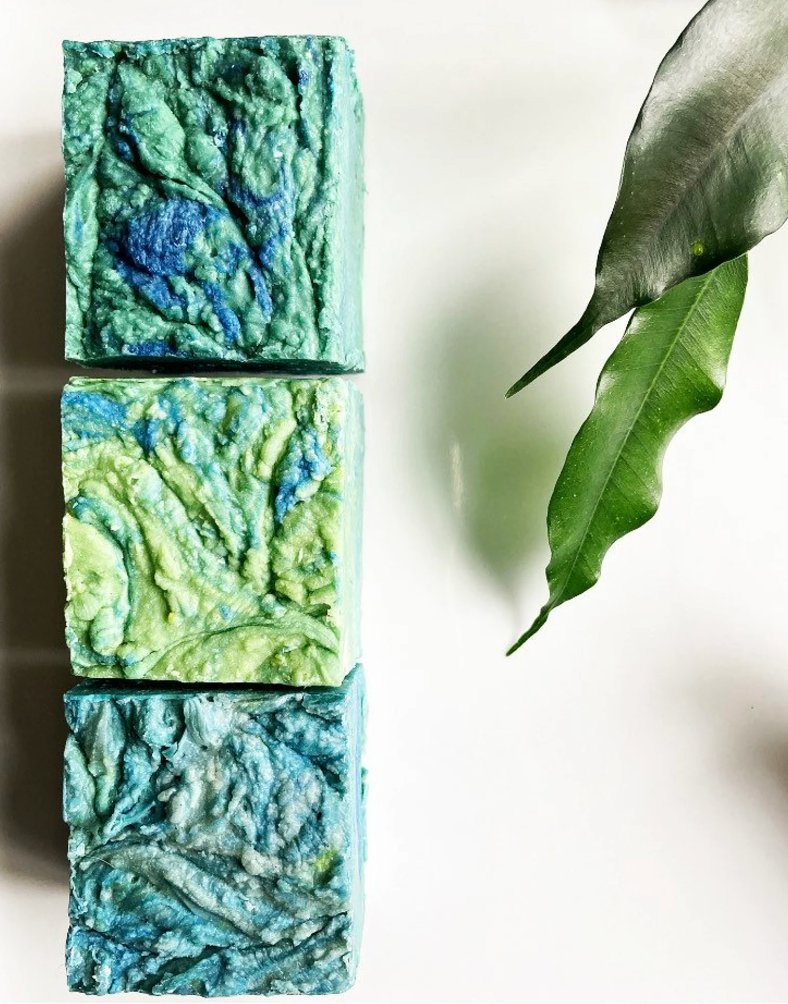
Caffeine shampoo bar vegan-friendly
Final roundup of ways to get naturally beautiful hair at home
Healthy hair is often a goal for many people. However, it can seem difficult to maintain healthy hair at home. Fortunately, there are lots of ways to maintain beautiful, healthy hair naturally at home without spending lots of money on expensive hair salon visits if you don't want to!
Basically, going back to nature is the best thing for our hair; eating natural foods, using natural products and being gentle to it.
Knowing about your hair and how to take care of your specific hair type will help keep it healthy and looking how you want. Some tips aren’t going to be a quick fix, especially when it comes to nourishing your hair from the inside out, but over time, they will be totally worth it!
Remember, the key to naturally healthy hair is consistency rather than quick fixes. Even the smallest changes — like switching to a gentle brush, drinking more water, or protecting hair while you sleep — add up over time. Hair grows slowly, so improvements might take weeks or months to show, but the results are much more sustainable than short-term chemical treatments.
It’s also important to think of hair health as part of your overall lifestyle. Stress, lack of sleep, and poor nutrition can all show up in the condition of your hair. Building a routine that balances scalp care, natural products, and healthy daily habits creates a strong foundation for growth and shine.
Ultimately, naturally beautiful hair isn’t about chasing perfection. It’s about giving your hair the chance to thrive without constant damage, letting your natural texture and strength shine through. By embracing a simpler, more natural approach, you can enjoy hair that not only looks healthier but truly is healthier from the inside out.
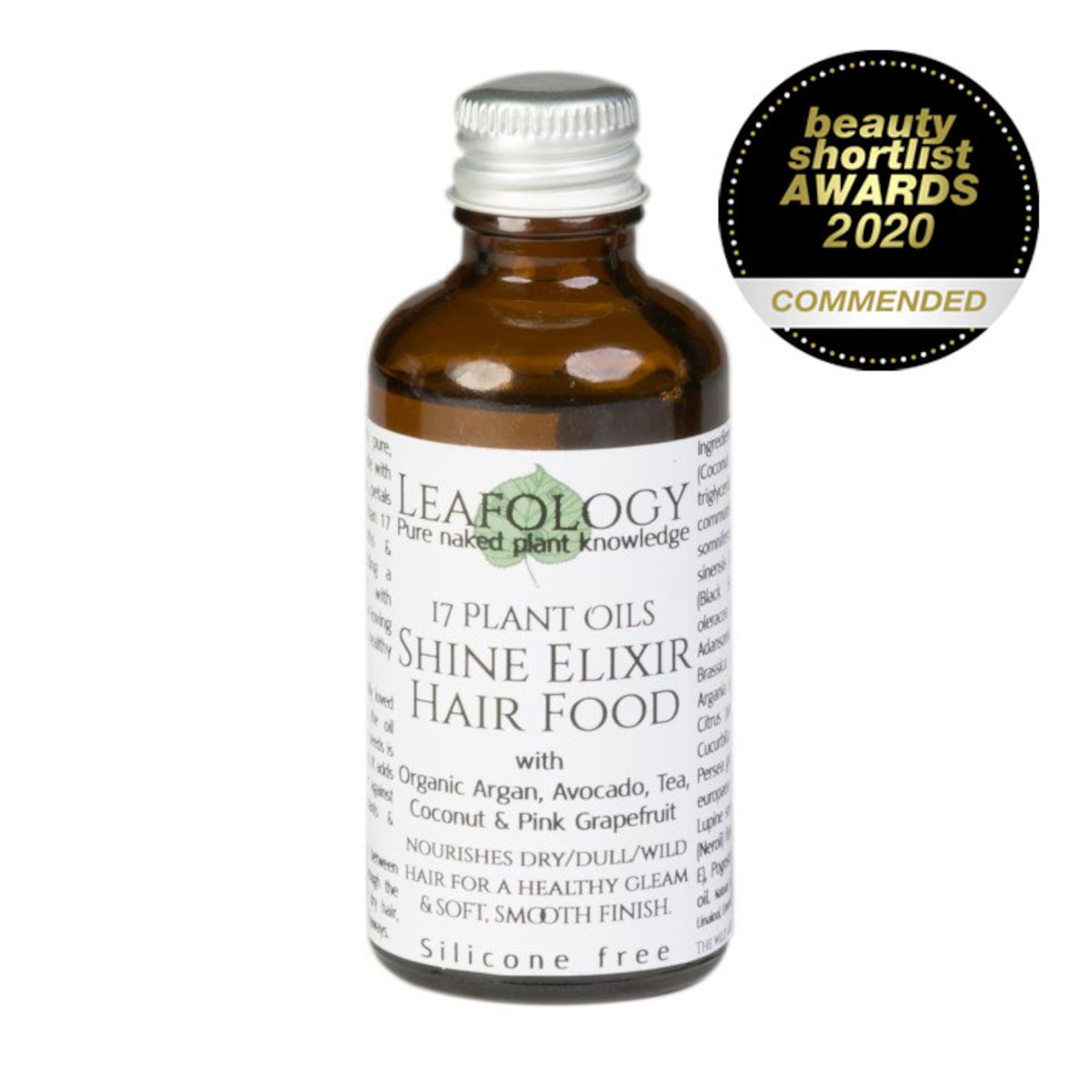
Shine Elixir Hair Food: 17 Plant Oils, Silicone-Free Vegan Beauty
Final roundup of ways to get naturally beautiful hair at home
Maintaining healthy hair at home doesn’t need to be complicated. The best results usually come from simple, natural habits practised consistently. Here’s a quick summary of the key tips to remember:
-
Discover your hair type – Knowing your hair’s porosity and curl pattern helps you choose the right products and care routine.
-
Avoid frequent dyeing – Chemicals in permanent dyes can weaken strands, so skip harsh treatments where possible or try natural alternatives.
-
Limit heat styling – Use protective sprays, lower settings, or protective hairstyles to prevent unnecessary damage from straighteners, curlers, or dryers.
-
Choose natural products – Plant-based shampoos, conditioners, and oils keep hair nourished without the build-up of harsh chemicals.
-
Stay hydrated – Drinking plenty of water supports glossy, healthy strands from the inside out.
-
Use soft water when you can – Hard water minerals can dull hair, so filters or occasional clarifying rinses help maintain shine.
-
Eat a nutrient-rich diet – Protein, healthy fats, vitamins, and minerals from whole, plant-based foods feed your follicles for stronger growth.
-
Brush gently – A soft-bristled or bamboo brush helps distribute natural oils and reduces breakage.
-
Skip very hot showers – Lukewarm water protects the scalp’s natural oils and prevents dryness.
-
Wash less often – Overwashing strips natural oils; let your hair settle into a gentler routine.
-
Care for thinning hair – If you notice shedding, opt for supportive cuts, scalp massages, or natural remedies to improve volume and scalp health.
By combining these simple changes, you’ll find it much easier to achieve healthy, beautiful hair naturally — without needing expensive salon treatments.
Related articles
- Why I stopped water only hair washing after 11 weeks
- How a healthier lifestyle can benefit your hair
- The best natural hair and beauty products for the summer
- Hair mistakes you are probably making
- Where to get affordable hair extensions that don't ruin your hair
